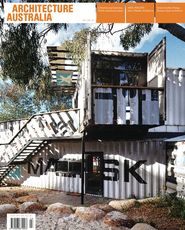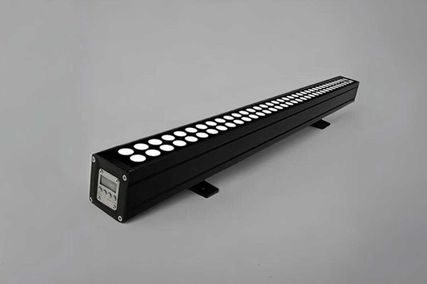Putting together any issue of a magazine involves a lot of planning, consideration and hard work – and an element of chance. No matter the intent of the editorial team, there is always a degree of serendipity at play, and the results are often the better for it. As with designing anything, it is partly a matter of seeing how to take advantage of unintentional but fortuitous events, of recognizing possibilities and finding a way to make something of them.
And so this issue collects together a series of projects that all concern libraries or learning. It is not a theme issue – there are, for example, no essays about new learning environments, formal or playful, or on the issues for libraries in an increasingly digital world. Instead the links are loose – each featured work relates to one or two others, but not necessarily to all. The reader is presented with a network of projects rather than a tightly structured exegesis on a particular building type. This allows buildings of quite different scales and budgets, and for quite different users, to rub against each other and maybe generate some sparks in the mind of the reader.
But this issue began its life with a different focus. When I first started working on it, the May/June 2008 issue was to gather a series of works in regional locations. The idea was to have a range of building types, scales and contexts, all located outside the big metropolitan centres. I am not sure quite what this would have thrown up, or what issues I would be writing about now, because it started to fall apart as I worked on it. Projects I had expected to include were delayed, while others turned up that were clearly not regional, but were well worth publishing. New threads started to emerge between the projects on my desk, and a completely different but equally interesting issue of Architecture Australia eventuated. I hope you enjoy it.
Looking at work in the regions is still a good idea, and one that I will pursue in a later issue, when the threads between projects start to mesh in that direction again. Of course, I don’t want to suggest that editing a magazine is simply a matter of waiting for stuff to turn up and then putting it together. It is rather more active and considered than that! But, as with all curatorial and interpretative endeavours, it is also about learning to respond to the unexpected, to what the available material might tell you.
Finally, this issue also announces the details of the 2008 AA Prize for Unbuilt Work, which builds on the success of last year’s prize. An eminent jury – Corbett Lyon, Peter Mould and Rachel Neeson – joins me this year, and we are very excited to have a new partner in the prize, Fisher & Paykel. But the real success of a prize relies on the quality of the entries received. We know that the profession is busy, and we are expecting a rich array of work to consider. So, give the jury and the readers of Architecture Australia a lot to think and talk about. Get drawing!
Justine Clark, editor Architecture Australia.















